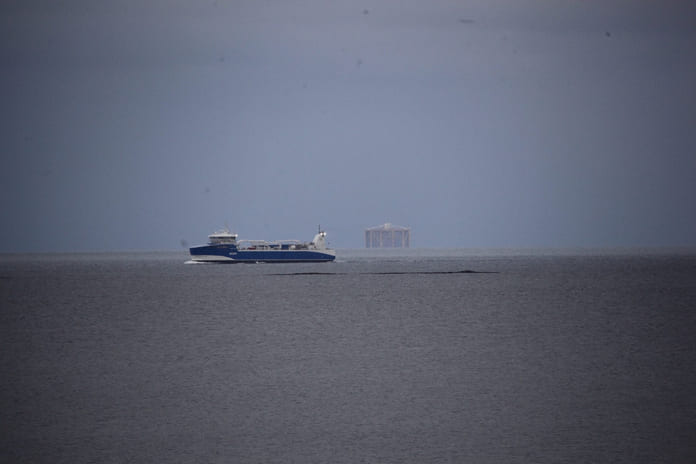On Wednesday, Yara chief Svein Tore Holsether warned of an impending food crisis, thanks to the enormous pressure in the commodity markets, which is increasing prices for the world’s farmers. Yara is a major buyer of natural gas, which has increased significantly in price this year.
“If you do not get nitrogen fertiliser on the soil, a grain crop will fall by 50 per cent already in the first year. So you will go from an energy crisis to a food crisis here,” Holsether Yara boss told Finansavisen.
Input
The fertiliser giant has, along with competitors BASF and CT Industries, cut sharply its ammonia production to save energy costs. Ammonia is an important input factor in fertilisers.
“Gas prices now are $30 when last summer they were $3. When such an important component in the production of nitrogen fertilizer rises so much in price, it is clear that it has a strong effect, Holsether explained to Dagens Næringsliv.
The biggest input factor, and cost component, in fish farming is feed. According to Mowi, vegetable raw materials make up 79 per cent of the company’s diet for salmon.

Increased costs
An inflated cost side for fish feed will thus put pressure on the production costs of salmon farmers. In their trading updates for the third quarter, Mowi and Grieg Seafood have guided production costs between NOK 45-46 (€4.50-4.60) per kilo.
“Increased costs on input factors together with consistently challenging biology make the earnings gap between good and bad performers bigger than ever,” said Carnegie analyst Ola Trovatn to Finansavisen.
This means that investors should be selective in their choice of shares, Trovatn believes. He is clear on which horse he will bet on.
“SalMar is best in class on costs and is positioned to withstand cost increases. In addition, SalMar is trading at a discount on the EV / kg multiple,” said Trovatn, and adds that with today’s pricing, you get the company’s offshore investment for free. Carnegie prices this investment at NOK 9 billion (€900 million), corresponding to 13 per cent of the current market value.
The analyst consequently has a buy recommendation on SalMar with a price target of NOK 810. On Wednesday, the SalMar share was traded for NOK 629, which implies an upside of almost 30 percent.


